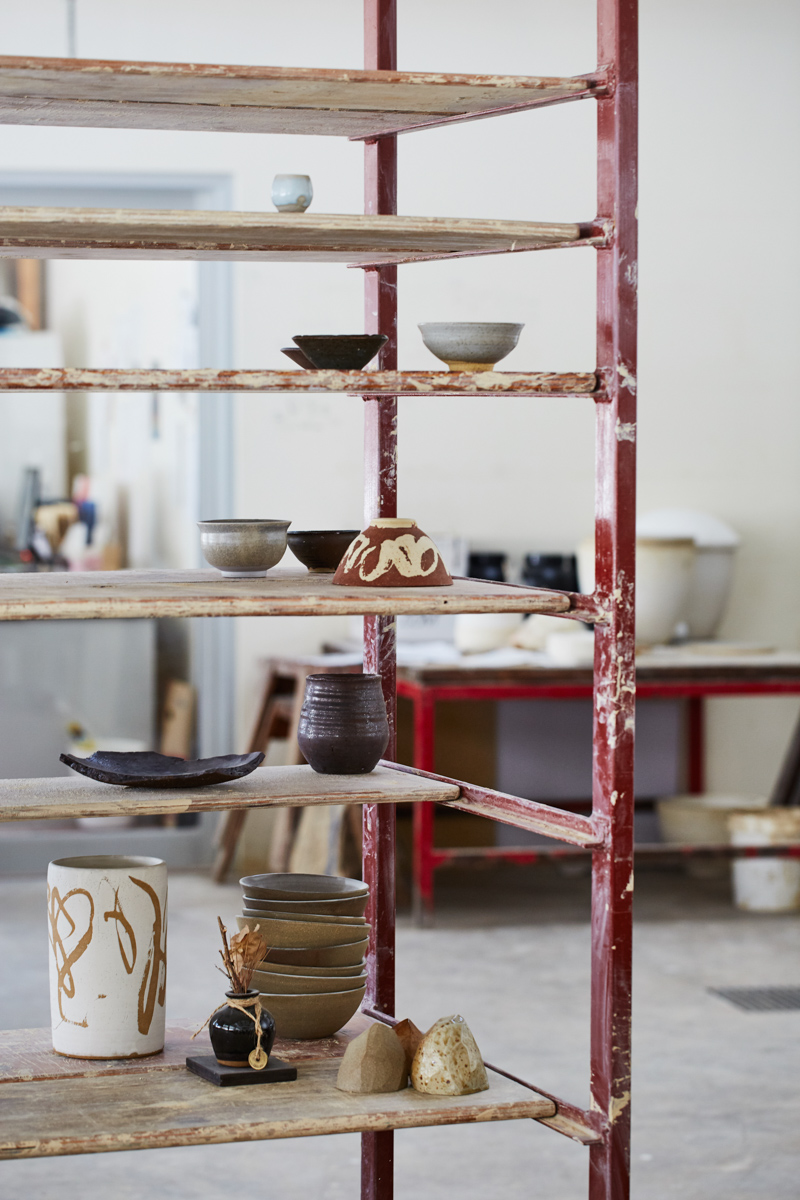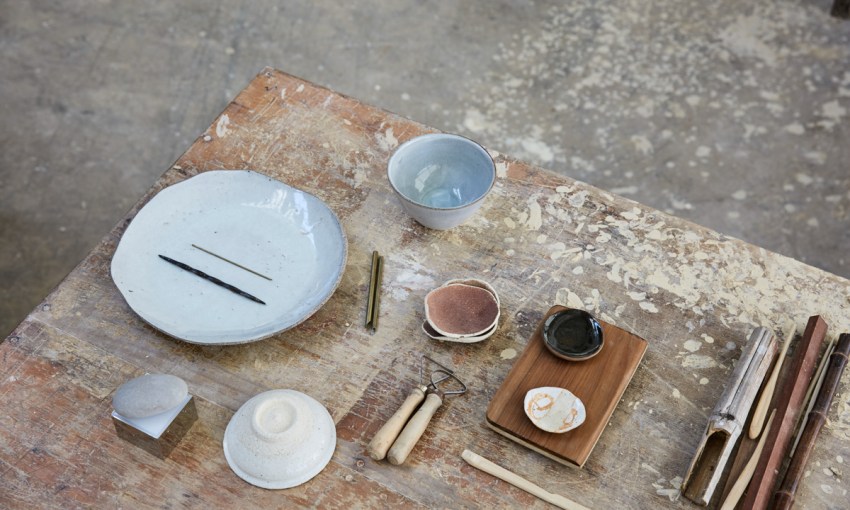The objects we choose to carry with us have importance beyond their aesthetics and their purpose.
In the studio with Jordan Gower
Jordan Gower is an artist and ceramicist and his work takes the form of functional objects. To him, objects wordlessly describe being human – they have stories, they hold memories, and they connect us to our history and that of others.
CityMag: Where have you studied or completed artist residencies?
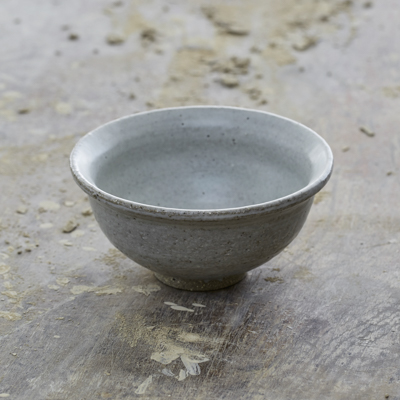
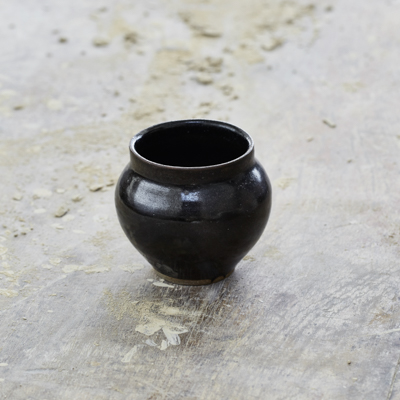
Jordan: I’ve studied across Adelaide College of the Arts and UniSA’s School of Art, Architecture and Design, completing a Bachelor of Visual Arts and Design with Honours in 2012.
In 2013 I was accepted into Carclew’s one year studio residency program, as well as spending one month at Instinc Space, Singapore.
In 2014 I re-enrolled at AC Arts for a single subject to learn ceramics wheel throwing.
In 2015 I spent two months in the new Nexus Arts residency program culminating in a solo exhibition and I am currently spending one month in Japan at Studio Kura.
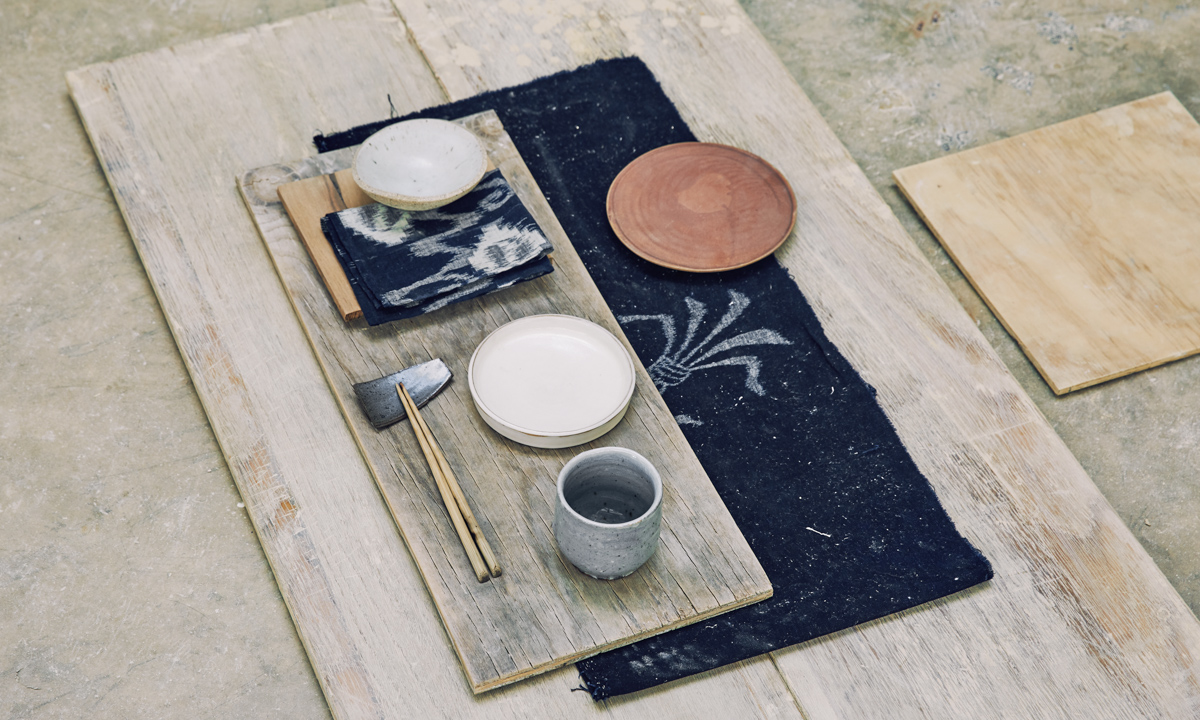
An assemblage of Jordan’s pieces in his associate studio at the JamFactory
You’ve said that your practice is more about the spaces, arrangement and curation than the objects themselves. How did this way of working come about?
Thinking back, I’d say it has always been part of my work but only recently has it come to the forefront. I found, in the shift from working with paper to ceramics, that I had a reasonable eye for selecting varied and interesting combinations of things – be it materials, textures, objects, etc. – and that the process of presenting them was more engaging for me than that of simply making.
Is there anyone whose work you draw inspiration from? Any cultures or ways of creating?

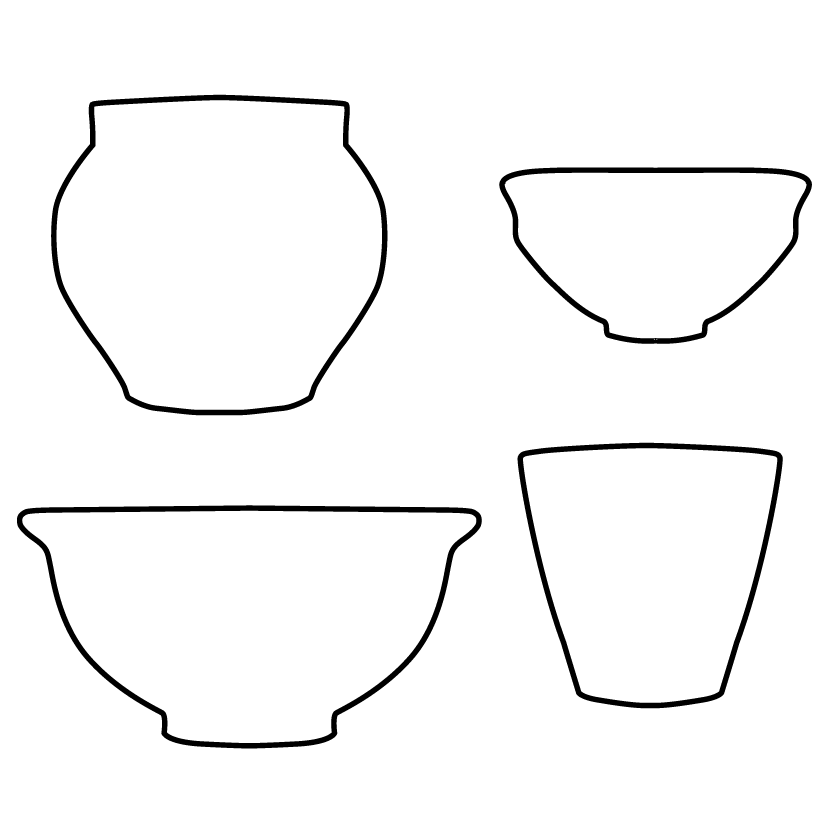
Oji Masanori’s work with Futagami brass foundry. Efficient and clever designs produced with incredibly skilled artisans. It’s a great example of designers working with craftspeople to exceedingly successful ends. Really, I don’t think you can go wrong with the right balance of honed Japanese aesthetic and intuitive Scandinavian design.
What is the next step for your work?
I’m working on a collection of objects, some which will appear in JamFactory retail spaces, that I hope will succinctly bring together ideas surrounding simplicity, architecture and functionality; with parts of the work made by myself and others manufactured through outside studios. The aim is to officially release this work at the end of 2017, in the mean time I’d like to pursue a collaborative project, essentially bringing together ceramic manufacturing techniques with artists and designers not ordinarily working with clay.
Why are objects important?
They’re important because they make concrete our worldview. The things, or lack of things, we choose to carry with us resonate with and connect us to others and ground us in history. In other words objects wordlessly describe being human – but it’s not always this serious and most of the time they just make us feel better for being around.
What is it about making objects and curating them that you are attracted to?
It’s a kind of entanglement that I really enjoy. Somewhat contradictorily, once everything is pushed together the details and differences become much more evident. It’s far less expectant than having a single object on a plinth, given that you can enter the work through individual scenes instead of a definitive whole. In this sense it’s more open-ended and perhaps more akin to how we experience architecture – space, material and relationships exposed over time.
